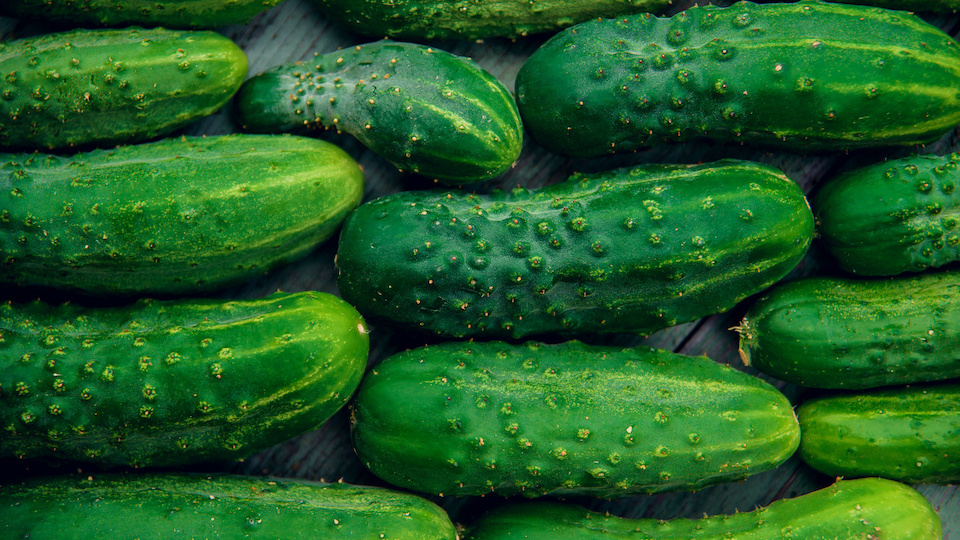If you love cucumbers as much as I do, you will be thrilled to know that doing a few simple things results in twice the amount of cucumbers and an extended fruiting season. I know this sounds almost too good to be true, but trust me, these little tweaks do work, and I would love for you to give them a try and let me know all about your harvest.
Soil is the key to success
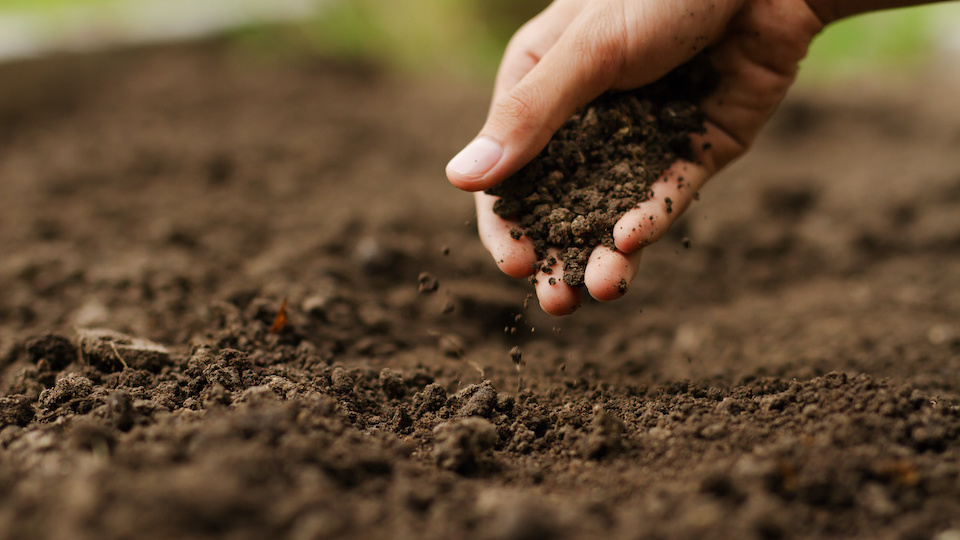
Whether planted in a pot or your garden bed, cucumbers require soil that is “just right” in order to perform their best. The soil must be lightweight and have excellent drainage.
Expert tip: Add a few shovels of compost to each planting hole. Compost adds essential nutrients that cucumber plants will easily absorb. Also, rich compost helps to create excellent drainage. To supercharge your soil, add one cup of worm castings in with the mulch. The combination of worm castings and compost provides a massive boost to plants and helps stretch out the fruiting season.
Mound it up
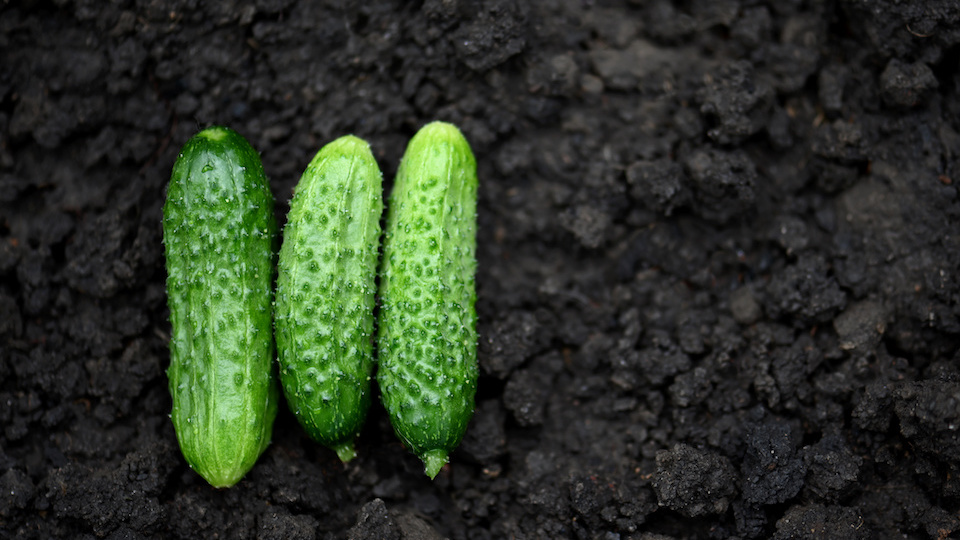
Not only is the type of soil essential for the best cucumber performance ever, but so is what you do with that soil. When planting cucumbers directly into a garden bed, form a tapered hill or mound for the plant. Doing this keeps cukes from becoming soggy and rotting. For container planting, be sure that the main stem is above the soil level.
Expert tip: Create mounds about 18 inches in diameter and 4 inches high – spaced 1 to 2 feet apart. Plant two seedlings per mound. If planting seeds, add 2 or 3 seeds per mound (don’t forget to mix in compost and worm castings). When seedlings reach about 4 inches in height, thin to two plants per mound.
Start seeds indoors
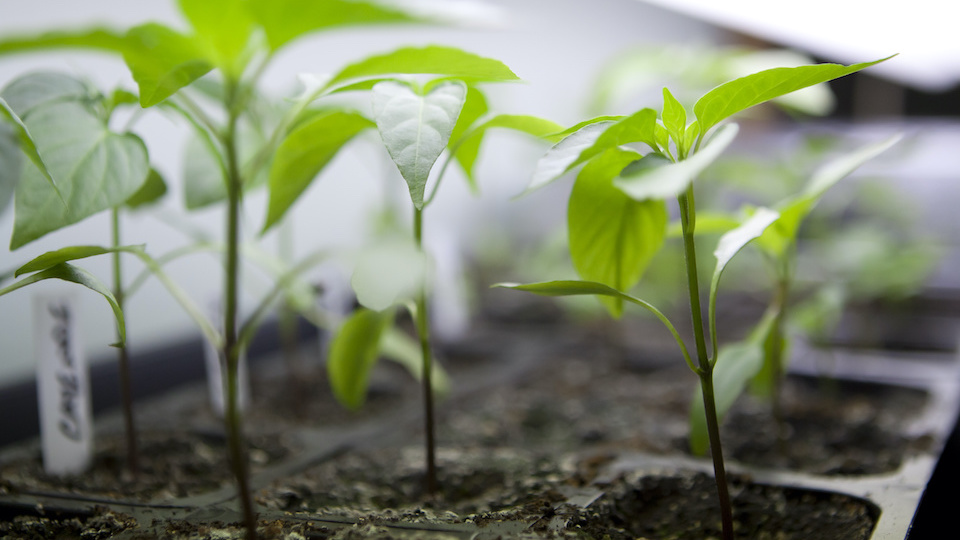
Although cucumbers readily take to direct sowing, I find that starting seeds indoors gives me a huge jump on the growing season and results in healthier and higher producing plants. Start seeds one month before your average last spring frost date, and they will be ready to go directly into your garden bed or outdoor container. Keep in mind; cucumbers do best with steady temperatures of at least 60 degrees in the daytime and night. Starting cukes indoors also gives plants a chance to grow strong to defend themselves against cucumber beetles.
Expert tip: It is essential to harden-off young plants before transplanting them into the garden. To get your plants acclimated to the outdoor weather, set transplants outside in a shady and protected location on a warm day and bring them in at night. Each day, increase the amount of sunlight that the transplant receives until it is in almost full sun for the better part of the day. Take at least a week, preferably two, to harden off plants before planting outdoors.
Grow up, up, up
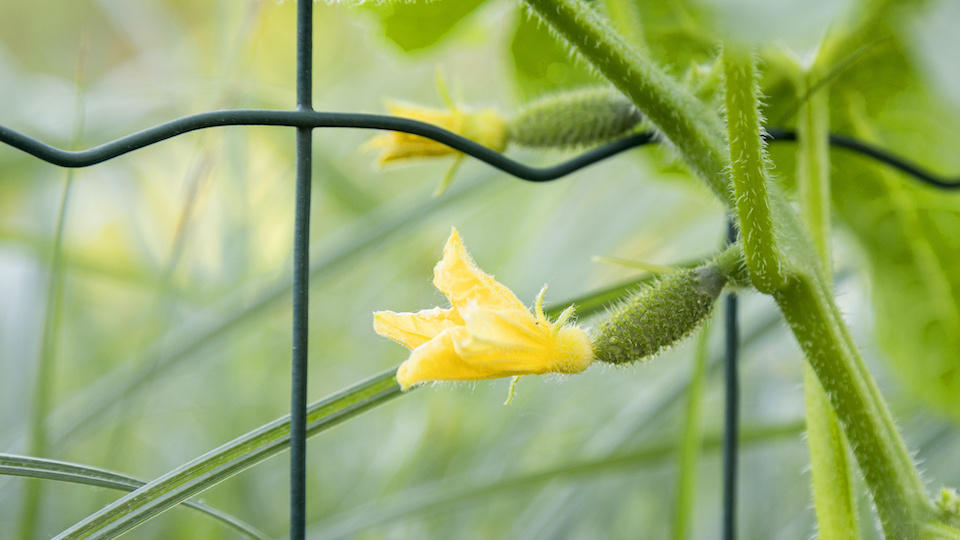
One of the biggest mistakes you can make with your cucumber plants is not providing vertical support. Yes, cukes will ramble along the ground if left to do so; however, there are many great reasons to support vertical growth. Cucumbers are natural twiners and climbers and will quickly grow upwards when provided with a sturdy trellis. Getting plants up off the ground allows for increased airflow, reducing the risk of powdery mildew and bacterial wilt. Not surprisingly, cucumbers grown vertically produce more fruit and healthier fruit than those grown on the ground.
Expert tip: Here are a couple of fun and functional ways to provide vertical support for your cucumbers. If you have an old wooden stepladder hanging around, use it in your garden as a cucumber trellis. Just give plants a bit of a start up the side of the ladder, and they will take off all on their own.
Rotate, rotate, rotate
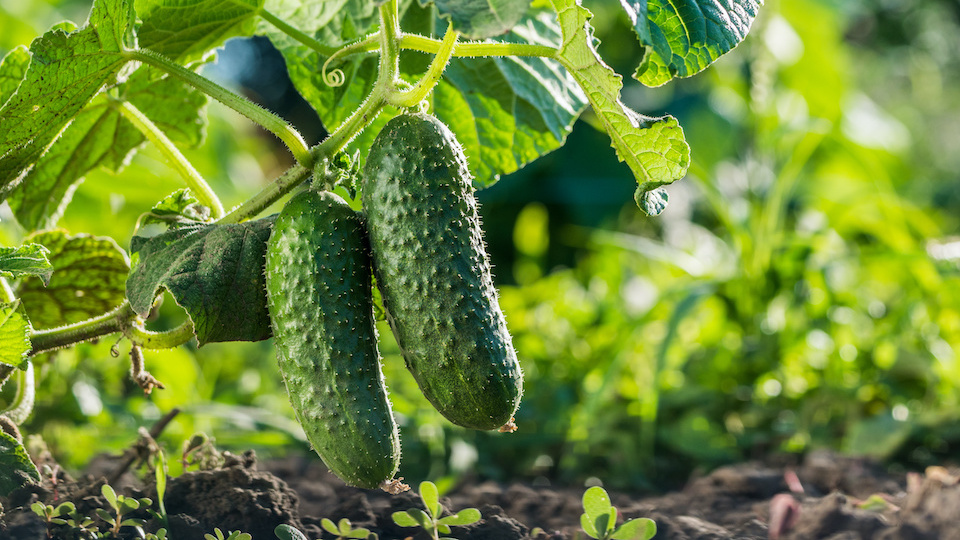
Cucumbers are very much like tomatoes and peppers in that they become prone to soil-borne diseases when they are planted in the same spot in the garden each year. Rotate where you plant cucumbers every growing season. If you have space, wait three years before planting in the same spot again.
Expert tip: If you are just planning out your garden, consider raised beds. Cucumbers do exceptionally well in raised beds, and soil quality is easy to control. Number your beds and keep track of what you plant in each bed each year. Set up a rotation system and move crops accordingly.
Good friends make great neighbors

Companion planting is simply the process of growing a diverse selection of plants that work well together close to each other. Smart companion planting offers many benefits, including pest reduction, soil improvement, shade, protection, disease resistance, and increased productivity and health. When it comes to cucumbers, one of their best friends is radishes. When planted near cucumber plants, radishes protect and defend against cucumber beetles and aphids that can make quick work of a young cucumber plant. One thing never to plant close to cucumbers is potatoes. When potatoes are planted near cucumber plants, they release a substance into the soil that causes cucumber plants to stop growing.
Expert tip: When planting cucumbers, place ten radish seeds around the edges of the mound. As the radishes quickly pop up, they will immediately go to work to protect young cucumber plants.
Feed well
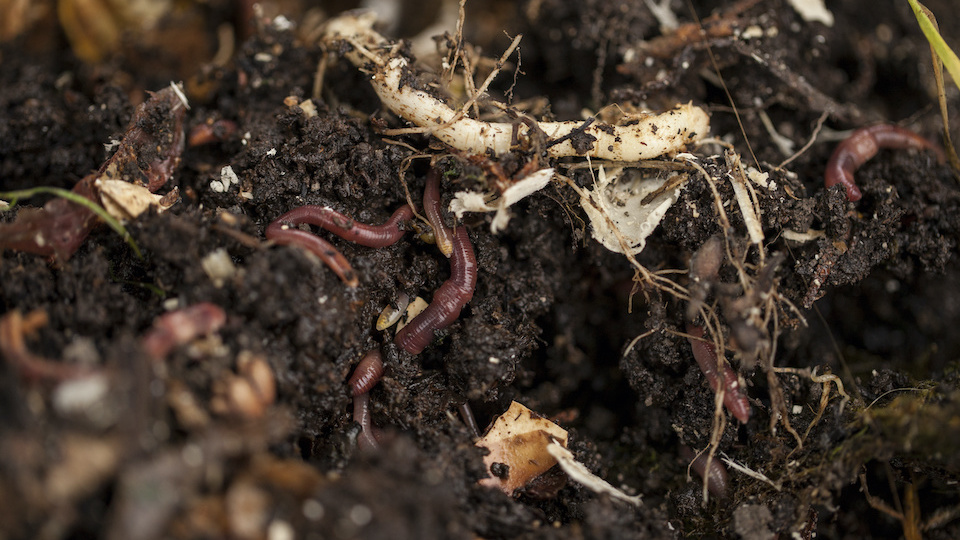
To keep a steady stream of cucumbers on the vine, use a slow-release organic fertilizer up until the point that your plant begins to produce. Stop fertilizing once you see cucumbers.
Expert tip: Cucumbers love compost tea. I feed my plants every two weeks until they start producing. Compost tea improves soil nutrients and encourages predatory nematodes and mycorrhizal fungi that protect plants from damaging microorganisms. Check out my favorite tea recipe below.
What you need
- 5 gallons non-chlorinated water
- 2 cups fresh finished organic compost
- 1 tablespoon unsulphered blackstrap molasses
- 1 tablespoon liquid kelp fertilizer
- 1 teaspoon liquid fish fertilizer
- 5-gallon bucket with a lid.
- Nylon stocking
To make it: Fill the nylon stocking with everything but the water. Pour water into the bucket and drop it in the nylon stocking. Let it sit for 36 hours before removing the stocking and using compost tea. Use all the tea within a few hours for the best results. All of your plants will love it, so be sure to give each plant a drink of this special tea.
Harvest often
Once cucumbers begin to fruit, timely harvests are critical. Because cucumbers can grow eight or more inches in just two days, daily fruit checks are necessary. Regular harvesting means that more energy can go into new fruit production.
Expert tip: For best taste, harvest slicing cucumbers when they are 6 to 8 inches long, dills at 4 to 6 inches long, and pickling cucumbers at 2 inches. Leaving cukes on the vine too long causes them to become bitter tasting.
Follow these simple steps to grow beautiful, healthy cucumber plants that produce all season long and even beyond!
Happy Growing,
-Susan, CBHC, Master Gardener


